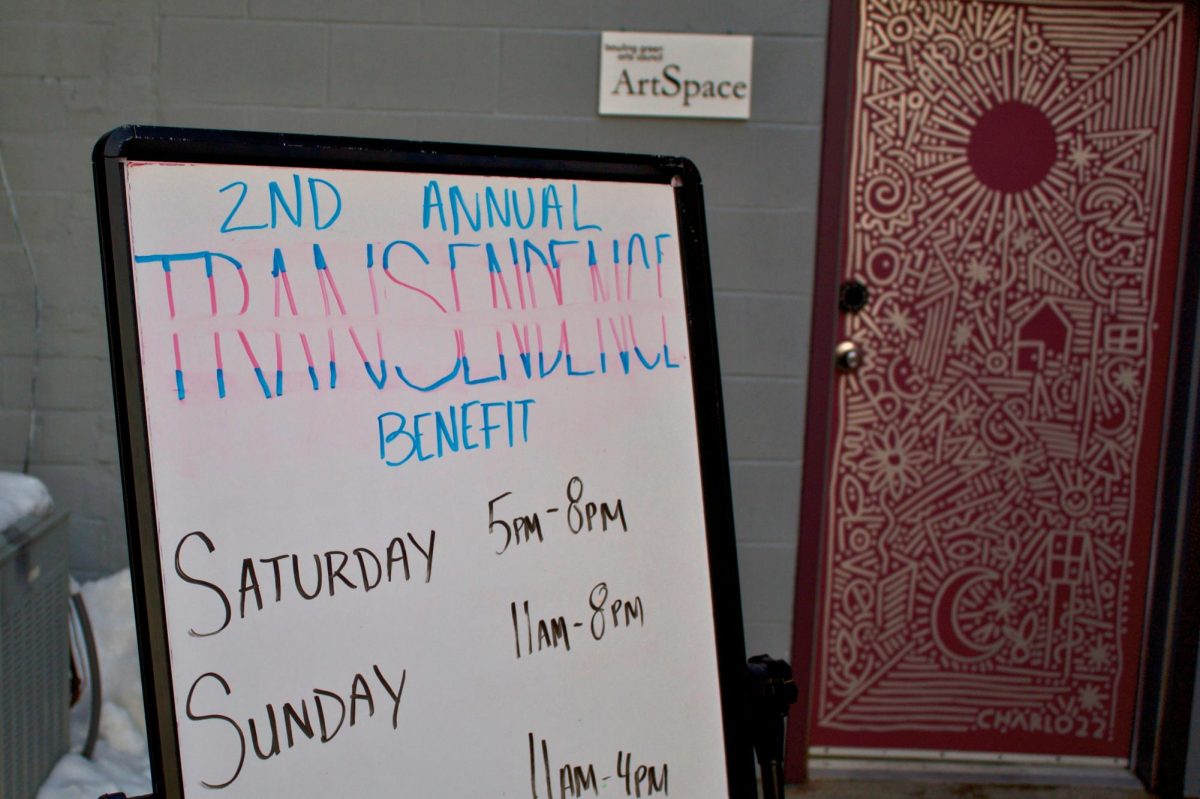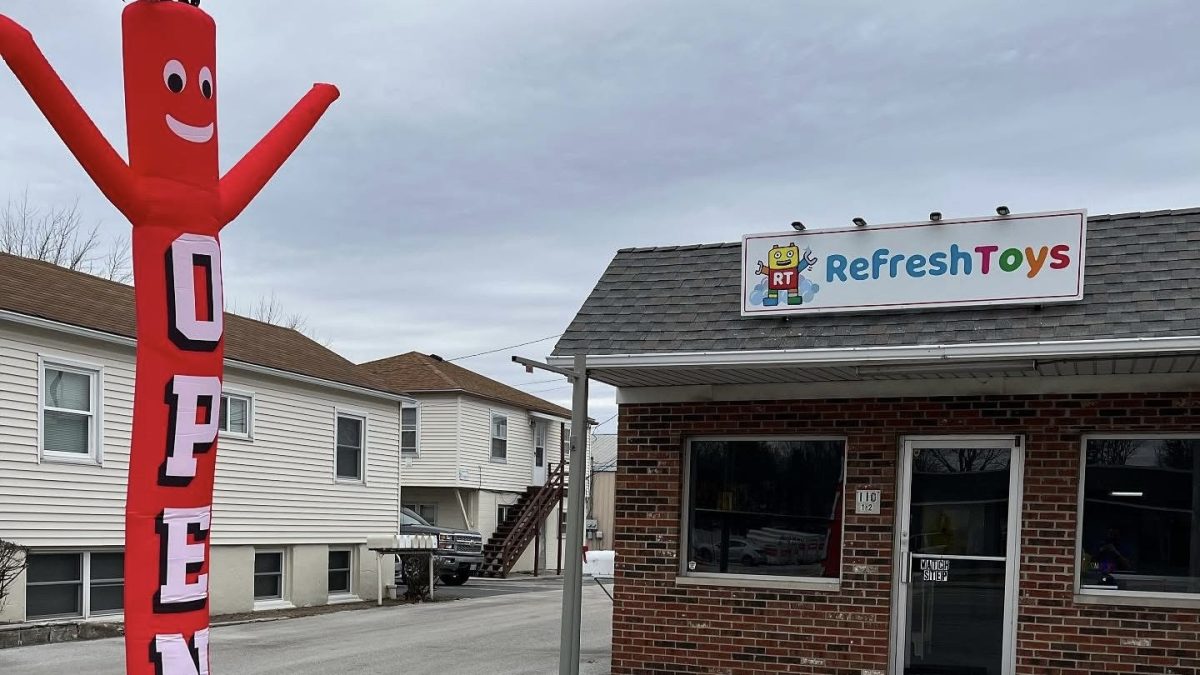Ohio’s higher education board visited campus Wednesday to explore ways to educate students more effectively.
The University hosted the monthly meeting of the Ohio Board of Regents, the nine-member higher education advisory board to the chancellor, Eric Fingerhut, who could not recall the last time he and the board had visited the University.
President Carol Cartwright briefed the board on University achievements and projects, including the strategic plan, construction and the 2010 U.S. News and World Report, which cited BGSU for excellence in undergraduate education for a strong commitment to teaching, first-year experience programs and learning communities.
“That’s just a snapshot,” Cartwright said of her presentation. “We are a very different University today because we are willing to change.”
Walking through campus is a “real shot of energy,” Fingerhut said. He said it had been too long since his last visit.
“You can really feel the excitement and momentum on campus,” he said. “It’s very exciting.”
“BGSU is one of the gems of our constellation of four-year institutions,” said James Tuschman, board chair.
The board discussed retention of medical education students and funding and also passed a resolution to endorse the Third Condition Report, a detailed report examining critical issues to determine how student-centered higher education actually is.
Tuschman said passing the report should provide a helpful snapshot of some of the key aspects affecting college students, including textbook affordability and degree options.
“We’re looking at critical issues like, ‘How student-centered is higher education in Ohio?'” Tuschman said.
Fingerhut said the board found some good things to think about today and other things to improve on. In the end, it’s all about making higher education more affordable, accessible and of a higher quality.
“The regents have a responsibility to evaluate the quality of higher education in Ohio. The question they’re looking at is, ‘How successful are we at serving students?'” he said.













